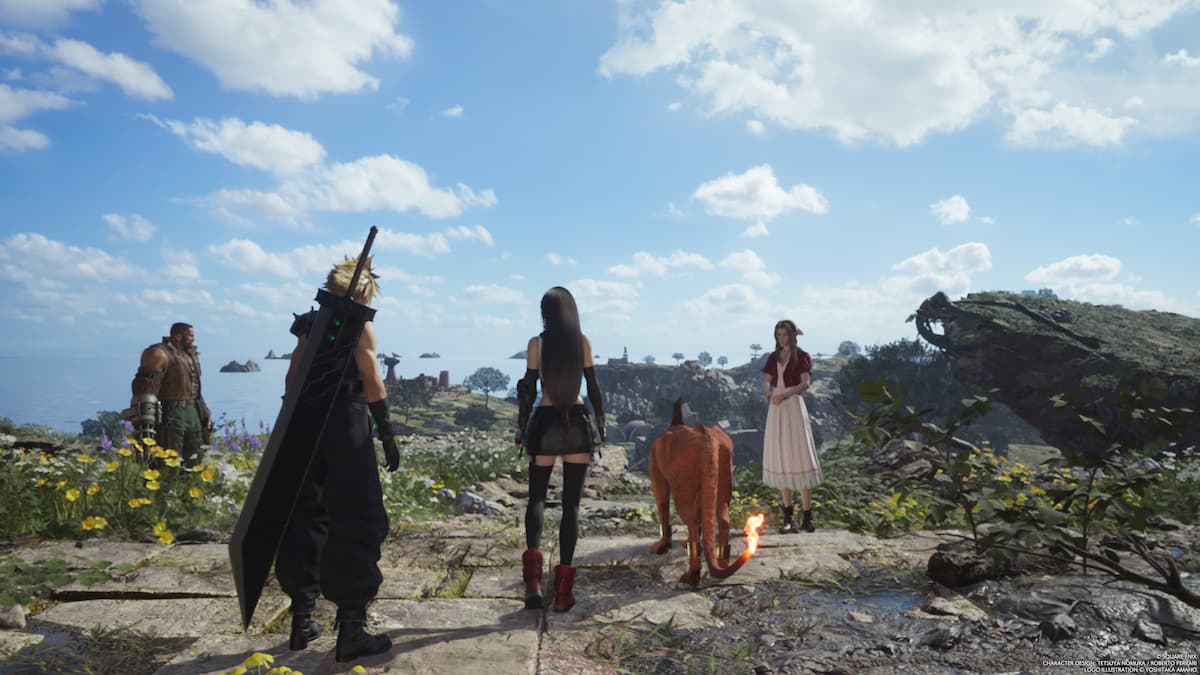
I don’t bear in mind precisely after I grew to become accustomed to “free-to-play” as a particular designation, however I do know that I had little interest in taking part in the games it utilized to. From shoddy MMOs to Facebook distractions, I considered all free-to-play games had been thinly disguised makes an attempt to siphon cash from gamers – all whereas assembly solely the barest doable definition of “game.” The just one I spent appreciable time with was Farmville, however that was as a result of I used to be writing a chunk for Game Informer’s May 2010 problem that ended up being about how horrible and predatory Farmville was. After that, I usually wrote off free-to-play games.
However, whereas I used to be ignoring them, free-to-play games obtained surprisingly good. At least, a few of them did; you’ll be able to nonetheless discover loads of dangerous and exploitative examples, however current years have seen exceptional progress towards scouring away among the damaging connotations the time period carries. Some of the preferred and profitable games of the final decade have been free-to-play titles, like Fortnite, Dota 2, and League of Legends. These games aren’t simply perfunctory interfaces meant to drive microtransactions; they’re enjoyable, immersive, skill-based experiences (which additionally occur to have microtransactions). It’s okay in the event you don’t like or play these games your self, however they exhibit that gamers can’t simply dismiss free-to-play titles as “not real games” anymore. And not solely are they actual – they preserve getting higher.

Fortnite
Here’s an necessary distinction that I don’t need to get misplaced: I’m not saying {that a} free-to-play enterprise mannequin is sweet, nor am I advocating for it over the extra conventional “pay once and you own it” method. Personally, I nonetheless favor games that don’t have any microtransactions in any respect. What I’m saying is that the “game” a part of “free-to-play games” was once very, very dangerous. But right this moment, whether or not or not you select to spend cash on them, the standard of the design, mechanics, and worlds for a lot of of those experiences could be on par with conventionally bought games. Unlike 10 years in the past, you’ll be able to now not skip each free-to-play game and stay assured that you simply aren’t lacking something good or necessary.
One of the large eye-openers for me was Path of Exile. If you’re keen on motion/RPGs within the vein of Blizzard’s Diablo collection, you’ll be able to’t miss Grinding Gear Games’ foray into the style. It doesn’t want or deserve any qualifier like “Sure, it’s good enough … for a free-to-play game.” I believe it sits on the prime of the style; I performed loads of Diablo III (and liked it), however I nonetheless favor Path of Exile. The complicated talent tree, seemingly limitless construct choices, and fixed evolution through seasons makes this a rewarding game to return to time and again. It crashes extra usually than I’d like, however that’s my solely main grievance. You can simply play by means of the large story marketing campaign of this nice game with out spending a dime, and you’ll by no means hit a paywall that throttles your progress. The issues you’ll be able to spend actual cash on are primarily issues of cosmetics and comfort, like stash tabs that assist you preserve your stock straight. I ended up investing in a few of these, however these purchases haven’t even added as much as $60, regardless of sinking a number of dozen of hours into Path of Exile.

Path of Exile
More not too long ago, Genshin Impact is one other free-to-play game that has been capturing my consideration. It’s an open-world RPG that looks like a gathering level between Breath of the Wild and Xenoblade Chronicles 2, skillfully choosing from probably the most partaking elements of each games. It has an unlimited and beautiful world, a number of avenues of development, four-player co-op, and approachable fight system that allows you to see your entire cool characters in motion. However, the a number of currencies and gacha-style rewards are a bit extra intrusive than I’d like. The game tries exhausting to entice you with its microtransactions, and the extra money you spend, the extra highly effective you may be. But that isn’t a necessity, and gamers who chorus from spending something can nonetheless totally recognize the thrill of exploring this unique fantasy universe.
Those are only a few examples drawn from my private experiences. I’ve heard equally passionate endorsements from pals and colleagues for games like Warframe, Apex Legends, Call of Duty: Warzone, and extra. These suggestions aren’t solely coming from a spot a thrift; of all the explanations I’ve heard to play these games, “it’s free” is never on the prime of the checklist. People similar to these games as a result of they’re good and enjoyable to play.

Considering that, a part of me feels the necessity to ask, “If they didn’t use a free-to-play system fueled by microtransactions, wouldn’t these games be better”? Unequivocally, I believe the reply to that query is “yes.” In an ideal world, I would like to play games like Genshin Impact with out the gross monetization, regardless of how peripheral it might be. But you additionally have to ask: Without the free-to-play framework, would these games even exist in any respect? If the event studios weren’t capable of construct and monetize these games the way in which they did, I ponder what number of of them would have died on the vine, relatively than discover their audiences. I’d relatively have extra good games to select from than fewer, and extra methods for builders to search out success. I do know it’s simple to hate microtransactions and demonize free-to-play games, however for the funding of solely a bit time, you may discover one thing distinctive.


